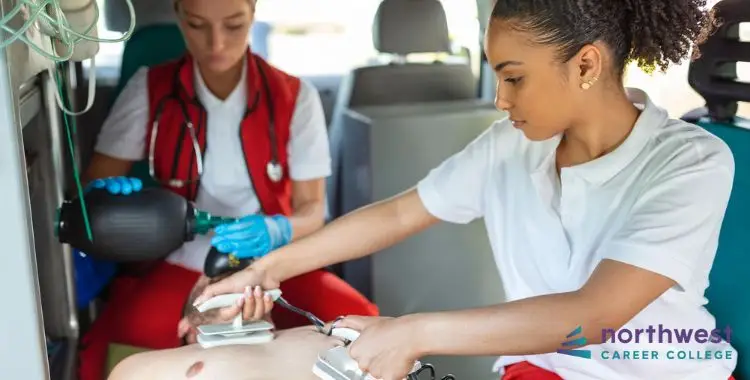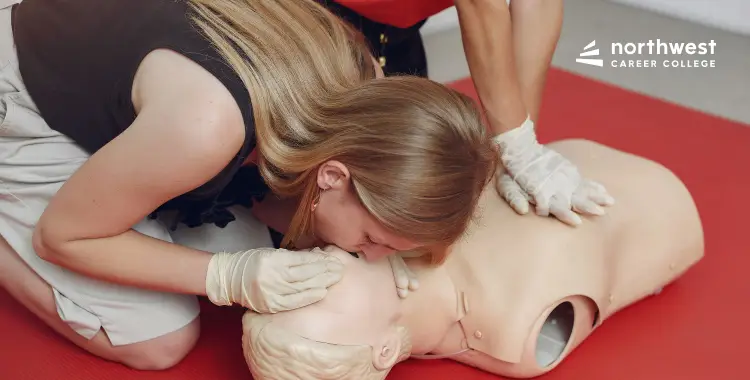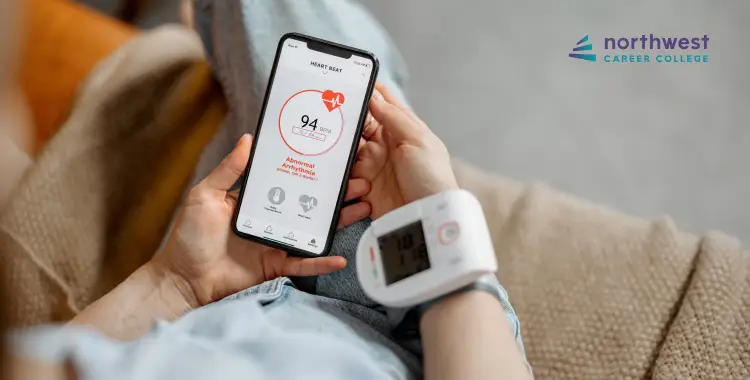CPR Survival Rates: What Increases the Chances of Saving a Life?
- November 4, 2025
- 1.3k views
- 3 min read
Imagine someone suddenly collapsing in front of you, having breathing difficulties, or not breathing at all. Do you have any idea what to do? Every second counts in the case of a medical emergency, and CPR (Cardiopulmonary Resuscitation) could be the difference between life and death. But does CPR work, and what are the factors that ensure the chances of survival? Let’s consider the most critical factors that make the difference when every second counts.

Table of Contents
Why CPR Is Critical for Survival
A person has cardiac arrest when the heart stops beating. If nothing is done, brain damage starts within a few minutes, and death quickly follows. The American Heart Association says that the survival chance for out-of-hospital cardiac arrest is only about 10%. Still, CPR doubles or even triples a person’s chance to survive. The sooner CPR starts, the better the opportunity to keep oxygen flowing to the brain and other organs.
The Role of Early CPR in Survival Rates
One of the most significant factors in CPR survival rates is the promptness with which it starts. Studies show that CPR that begins within the first 3-5 minutes after cardiac arrest has much higher success rates in saving lives. Most, however, freeze or don’t know what to do, lowering the survival rate. Taking the CPR class ensures that you are prepared to act quickly, giving the victim the best opportunity for survival.
How AEDs Improve Survival Chances
An Automated External Defibrillator, or AED, is a device that delivers an electrical shock to the heart to resuscitate it. Together with CPR, AEDs dramatically improve survival rates. The American Heart Association states that the use of an AED within 3 minutes following cardiac arrest has the potential to increase survival rates up to as much as 70% or more. Most public places, including schools, malls, and airports, have AEDs. Knowing how to use one may be the difference in saving a life.
The Importance of CPR Training
Most people assume medical professionals must perform CPR, but that’s false. Anyone can learn CPR, and the more who know, the higher the chances that patients who suffer cardiac arrest will live. Taking a CPR certification class can prepare you with the information and confidence needed to respond quickly when the situation calls for it.
Take the Next Step: Learn CPR Today
Being prepared can mean the difference between life and death. Learning CPR is simple, and training courses are available for everyone. At Northwest Career College, we offer hands-on CPR training to help you gain the skills needed to respond in emergencies. Enroll now and be ready to save a life when it matters most!




